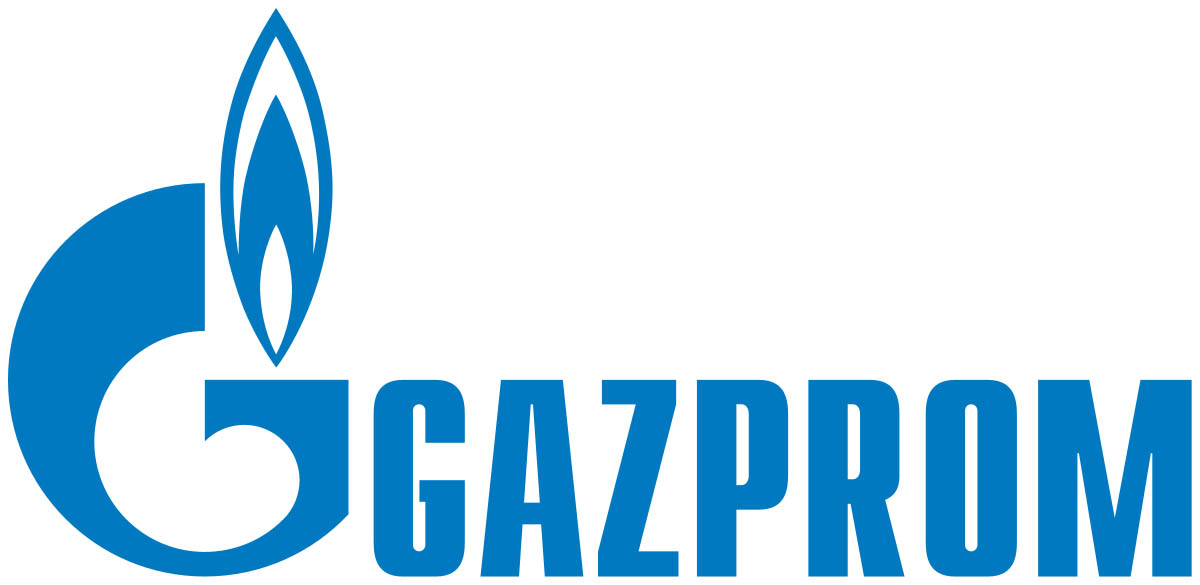BRUSSELS, (Reuters) – European Union countries bracing for further cuts in Russian gas supply yesterday approved a weakened emergency plan to curb demand, after striking compromise deals to limit reductions for some countries.
Europe faces a tighter gas squeeze from today, when Russia’s Gazprom GAZP.MM has said it would cut flows through the Nord Stream 1 pipeline to Germany to a fifth of capacity.
With a dozen EU countries already facing lower Russian supplies, Brussels is urging member states to save gas and store it for winter, fearing Russia will completely cut off flows in retaliation for sanctions over the Ukraine war.
Energy ministers approved a proposal for all EU countries to voluntarily cut gas use by 15% in the August-March period from the average from 2017-2021.
The cuts could be made binding in a supply emergency, provided a majority of EU countries agree. But members agreed to exempt numerous industries from the binding 15% cut.
German Economy Minister Robert Habeck said the agreement would show Russian President Vladimir Putin that Europe remained united. “You will not split us,” Habeck said.
Hungary was the only country that opposed the deal, two EU officials said.
Ukrainian President Volodymyr Zelenskiy said Russia was cutting supplies to impose “price terror” against Europe.
“Using Gazprom, Moscow is doing all it can to make this coming winter as harsh as possible for the European countries. Terror must be answered – impose sanctions,” he said in a video address on Tuesday.
Gazprom has blamed its latest reduction on needing to halt operation of a turbine. EU energy chief Kadri Simson dismissed that reason, calling the move “politically motivated”.
Simson said the agreement should ensure countries save enough gas to survive an average winter if Russia fully cut supplies now, but an unusually cold winter would require more severe measures.
Russia supplied 40% of EU gas before it invaded Ukraine on Feb. 24.
The EU deal would exempt from the binding 15% gas cut Ireland, Malta and Cyprus. These countries are not connected to other member states’ gas networks and therefore could not share spare gas if needed.
Countries with a limited ability to export gas to other EU countries can request a lower target, provided they export what they can. That could include Spain, which does not rely on Russian gas and had initially opposed the plan.
“Everyone understands that when someone asks for help, you have to help,” Spanish Energy Minister Teresa Ribera said.
Countries that overachieve an EU target for filling gas storage by August could also face weaker targets, potentially softening cuts for roughly a dozen states with relatively full storage, including Germany and Italy.
States can exempt gas used in critical industries, such as energy-intensive steelmaking.
Italian Ecological Transition Minister Roberto Cingolani said the country’s binding target would be nearer 7% than 15%, once gas reductions it has made compared with previous years were taken into account.
News of the latest supply drop has driven gas prices higher, adding to the cost of filling storage, while creating incentives to use less.
On Tuesday, the benchmark front-month Dutch contract TRNLTTFMc1 rose more than 10% and is around 430% higher than a year ago.
The plan has tested countries’ solidarity. Poland approved the deal, but Climate Minister Anna Moskwa said one country’s industry should not be forced to use less gas to help other states.
Others were more positive, including Malta and Portugal, which won softer targets. Maltese energy minister Miriam Dalli said the deal reflected countries’ varying energy situations.
“We managed to pass on a strong message of solidarity,” she said.
Some raised concern the savings would still not be enough to avert a winter shortage. Levels vary between countries, but the EU has reduced its combined gas use by only 5%, despite months of soaring prices and Russian supplies.
“Fifteen percent will probably not be enough, given what the Russians have just announced,” Irish Environment Minister Eamon Ryan said.










